Midnight Airdrop Eligibility Calculator
Your Holdings
Enter your holdings as of June 11, 2025 to estimate eligibility
Results
Results will appear here
Estimated Allocation
Total Estimated Allocation: 0 NIGHT tokens
Important Note: The official claiming window closed on October 4, 2025. This calculator shows historical eligibility only. You can still earn NIGHT tokens through the Scavenger Mine by contributing to the network.
On August 6, 2025, one of the biggest cryptocurrency airdrops in history went live - the Midnight (NIGHT) Glacier Drop. Unlike most airdrops that hand out tokens to social media followers or early testers, this one targeted real holders of cryptocurrency across eight major blockchains. If you owned at least $100 worth of Bitcoin, Ethereum, Cardano, or any of the other supported chains on June 11, 2025, you were eligible. But here’s the catch: the window to claim closed on October 4, 2025. If you didn’t act in time, you missed it - for now.
Who Was Eligible for the Midnight Airdrop?
The Glacier Drop didn’t pick winners randomly. It looked at wallet balances on a single snapshot date: June 11, 2025. If your wallet held $100 or more in any of these eight blockchains - Bitcoin (BTC), Ethereum (ETH), Cardano (ADA), Solana (SOL), Avalanche (AVAX), BNB Chain (BNB), Ripple (XRP), or Brave (BAT) - you qualified. It didn’t matter if you held 0.002 BTC or 40 ADA. What mattered was the dollar value at that exact moment.Cardano holders got the biggest share: 50% of all 24 billion NIGHT tokens - 12 billion total. Bitcoin holders got 20%. The rest was split among Ethereum, Solana, Avalanche, BNB Chain, XRP, and BAT holders based on how much they held. That means if you had $500 in ADA and $200 in ETH, you’d get a bigger slice than someone who only held $100 in one chain.
But not everyone got a chance. Wallets on the OFAC sanctions list were automatically excluded. And if your crypto was sitting on Binance, Coinbase, or Kraken, you were out of luck - unless your exchange decided to claim for you. Most didn’t. The airdrop required self-custody. You had to control your private keys. That’s a big barrier for beginners, but it’s also what makes the distribution truly decentralized.
How to Claim NIGHT Tokens (Before It Was Too Late)
Claiming wasn’t a one-click process. You had to do two things:- Sign a message proving you owned the wallet that qualified - without moving any funds.
- Provide a brand-new, unused Cardano wallet address to receive the NIGHT tokens.
You had to connect your wallet through one of the supported platforms: Eternl, Lace, Yoroi (for Cardano), or MetaMask (for Ethereum, BNB, etc.). Even if you held Bitcoin or Solana, you still needed a Cardano wallet to receive the tokens. That’s because Midnight is built as a sidechain on Cardano. All NIGHT tokens live on Cardano’s network.
The claim portal - midnight.gd or midnight.network - was open for 60 days. That gave people plenty of time to learn, set up wallets, and complete the steps. But many didn’t. Some didn’t know about it. Others got scared by the technical steps. Video tutorials from community members helped, but not everyone found them. By October 4, 2025, the portal shut down. No extensions. No exceptions.
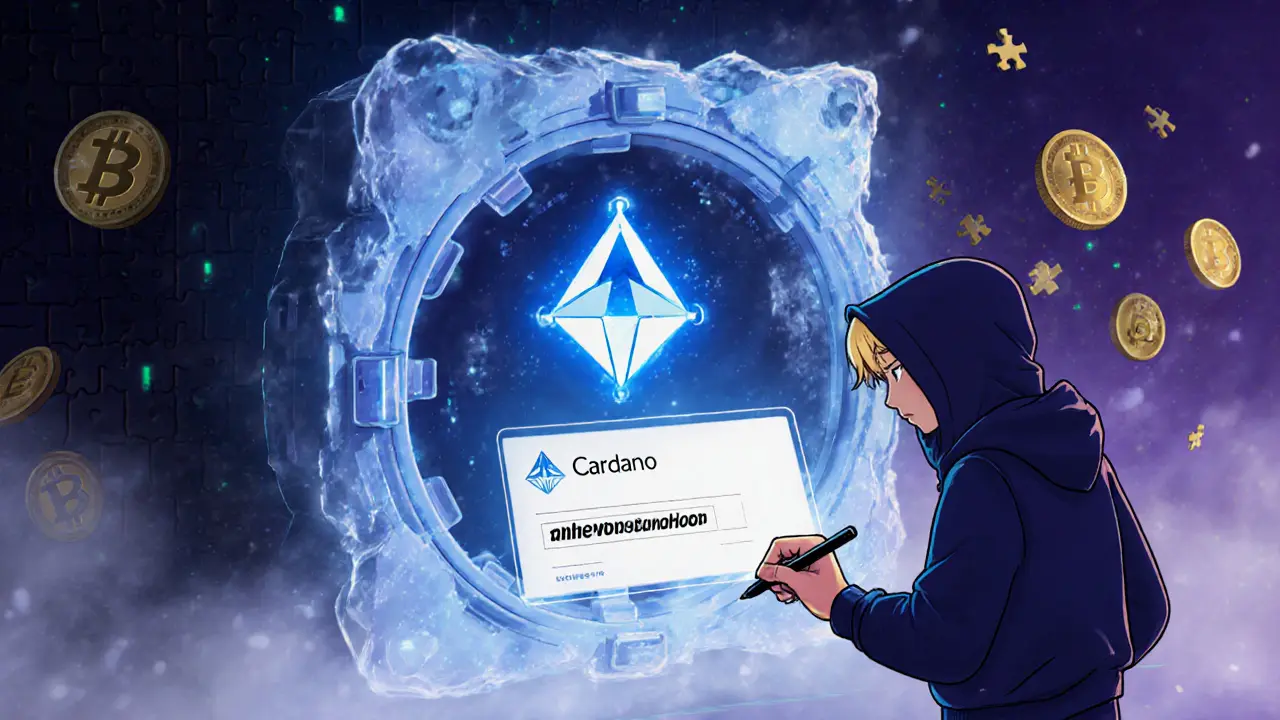
What Happens to Unclaimed Tokens?
The project didn’t just burn the leftover 12 billion tokens. That would’ve been a waste. Instead, they created a three-phase system to make sure the tokens still reach real users.Phase one was the Glacier Drop - the initial airdrop. Phase two is the Scavenger Mine. Unclaimed tokens are now being redistributed to people who solve public computational puzzles. These aren’t random games. They’re useful tasks that help build Midnight’s privacy infrastructure - like verifying transactions or testing network security. Think of it as mining, but instead of using electricity, you’re using brainpower to help the network grow.
Phase three, called Lost-and-Found, comes after mainnet launch. If any tokens are still unclaimed after the Scavenger Mine, they’ll be available again - but only for those who’ve actively participated in the network. This isn’t a free handout. It’s a reward for contribution.
The Vesting Schedule: Why You Can’t Sell Right Away
Most airdrops are a free-for-all. Get tokens, sell them, cash out. Midnight designed its system to stop that.Once you claimed your NIGHT tokens, they didn’t become tradable. They were locked in a Cardano smart contract. They unlock slowly - in four equal chunks over 360 days. That’s about 25% every three months. But here’s the twist: the unlock times are randomized. You won’t know exactly when your next 25% drops. This prevents big groups from selling all at once and crashing the price.
The goal? To turn token holders into long-term participants. If you know you can’t sell for a year, you’re more likely to learn how the network works, join governance, or build apps on it. That’s why Midnight also introduced DUST - the fuel token for transactions. NIGHT is for governance and staking. DUST pays for fees. The two work together to keep the network running without relying on speculation.
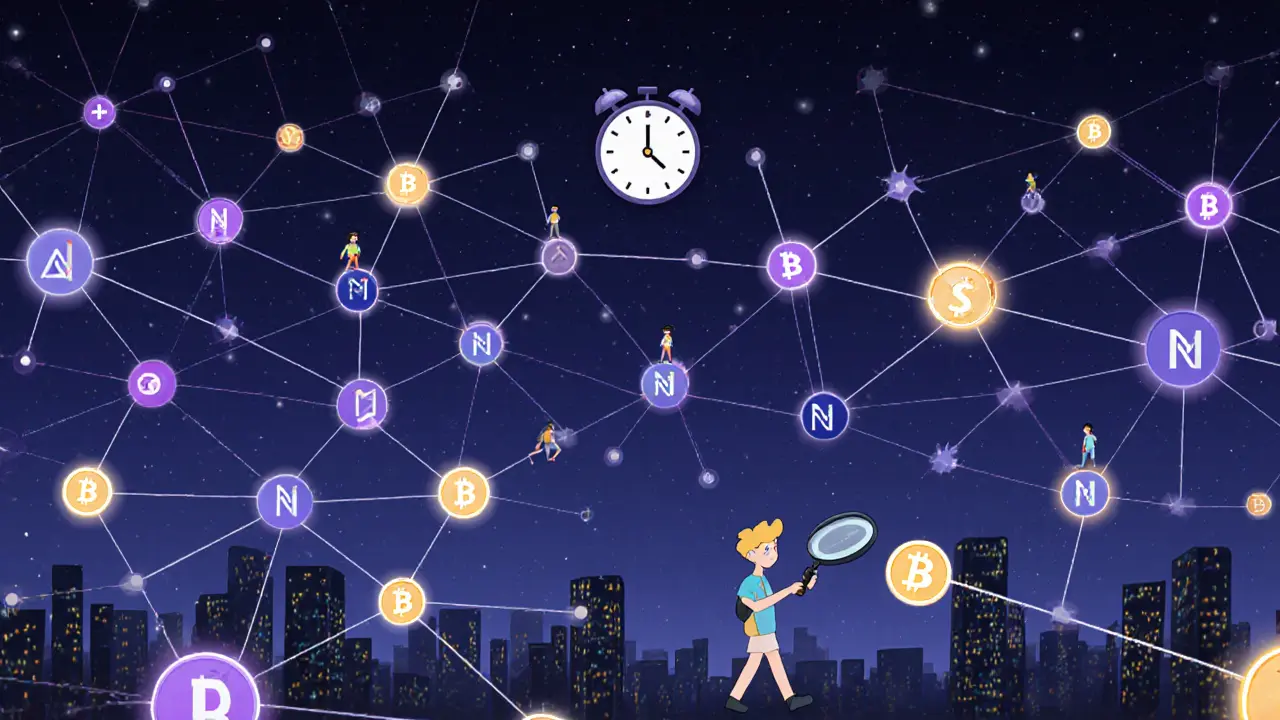
Why This Airdrop Is Different
Most airdrops are marketing tools. Midnight’s is infrastructure building.- Cross-chain: Targeting eight blockchains is rare. Most airdrops stick to one chain.
- Merit-based: No Twitter followers, no Discord roles. Just dollar value on a snapshot.
- Anti-speculation: The 360-day vesting is one of the longest in crypto history.
- Compliance-first: OFAC screening means it’s built to work with regulators, not fight them.
- Three-phase recovery: No tokens wasted. Even if you miss the first drop, you can still earn through contribution.
This isn’t a pump-and-dump. It’s a slow burn. Midnight wants to build a privacy network that works for real people - not just traders. That’s why they made it hard to claim, hard to sell, and hard to game.
What’s Next for Midnight?
The testnet is live. Developers are already building privacy apps on it. Mainnet launch is the next big milestone - but no date has been set. Once it goes live, the vesting schedule kicks off. That’s when the real test begins: will people stick around?If Midnight succeeds, it could be the first blockchain to offer true "rational privacy" - where you can transact privately without breaking the law or sacrificing usability. That’s a big "if," but the Glacier Drop was a bold first step.
For now, if you missed the airdrop, don’t give up. Keep an eye on the Scavenger Mine. Solve the puzzles. Help build the network. Your next chance to earn NIGHT tokens might be just around the corner.
Did the Midnight airdrop still accept claims after October 4, 2025?
No, the official claiming window for the Glacier Drop closed on October 4, 2025. After that date, the portal shut down permanently. No extensions were offered. If you didn’t claim by then, you missed the initial distribution. However, unclaimed tokens are now being redistributed through the Scavenger Mine phase, which is open to those who actively contribute to the network.
Can I claim NIGHT tokens if I held crypto on an exchange like Binance or Coinbase?
Generally, no. The Glacier Drop required self-custody - meaning you had to hold your cryptocurrency in your own wallet on June 11, 2025. Most exchanges, including Binance and Coinbase, did not participate in the airdrop. If your assets were on an exchange at the time of the snapshot, you were not eligible. Only wallets you control with your private keys counted.
Why do I need a Cardano wallet to claim NIGHT tokens if I held Bitcoin or Ethereum?
Midnight Network is built as a privacy sidechain on Cardano. Even though the airdrop snapshot included eight blockchains, all NIGHT tokens are issued and stored on the Cardano blockchain. That’s why you had to provide a Cardano wallet address to receive your tokens - no matter which chain you qualified from. This design ensures tight integration with Cardano’s ecosystem and security model.
What is the difference between NIGHT and DUST tokens?
NIGHT is the governance and utility token. It’s used for voting, staking, and participating in network decisions. DUST is the transaction fuel token. You need DUST to pay for fees when sending private transactions or using apps on Midnight. NIGHT tokens are locked during vesting and can’t be used for fees. DUST is generated through network activity and consumed in transactions, creating a sustainable economic loop.
Will I get more NIGHT tokens if I held crypto on multiple blockchains?
Yes. If you met the $100 minimum threshold on more than one supported blockchain (like holding both ADA and BTC), you were eligible for a claim on each chain. Your total NIGHT allocation was the sum of all your qualifying holdings. So someone with $300 in ADA and $200 in ETH could have received a larger total allocation than someone who only held $100 in one chain.
When will my NIGHT tokens become tradable?
Your NIGHT tokens unlock in four equal parts over 360 days after Midnight mainnet launches - not after you claim them. The exact launch date of mainnet hasn’t been announced yet, so there’s no fixed timeline. Each 25% unlock happens at a randomized time within the 90-day window, to prevent coordinated selling. You’ll be notified when each unlock occurs, but you won’t know the exact date in advance.
Can I still earn NIGHT tokens after missing the Glacier Drop?
Yes. The unclaimed tokens from the Glacier Drop are now being redistributed through the Scavenger Mine - a system where participants solve public computational puzzles to earn a share. These tasks help strengthen the Midnight network. After that, any remaining tokens will enter the Lost-and-Found phase after mainnet launch. So while you missed the initial airdrop, you can still earn NIGHT by contributing to the network.


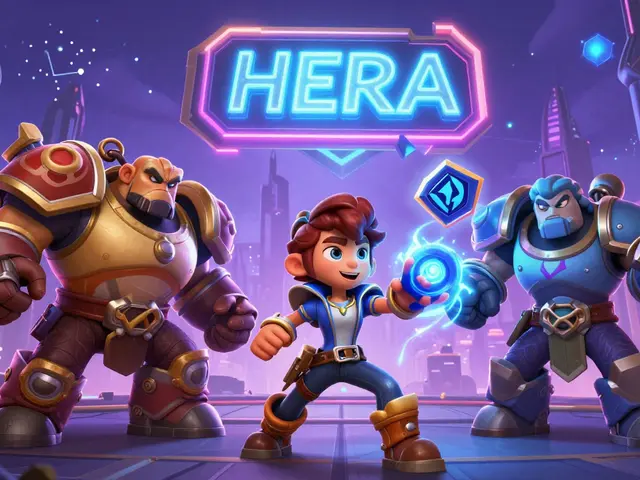
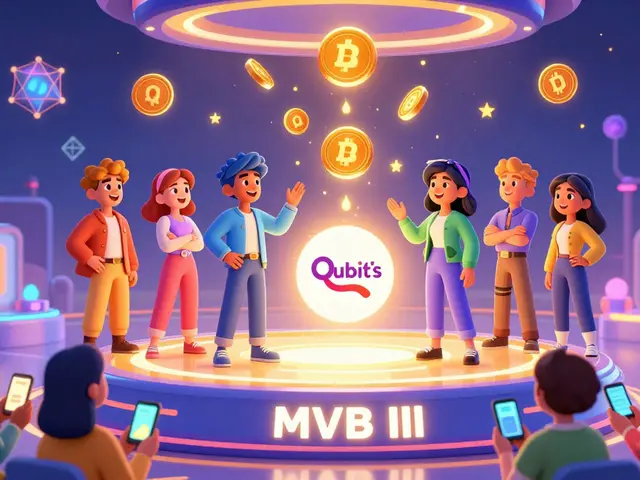
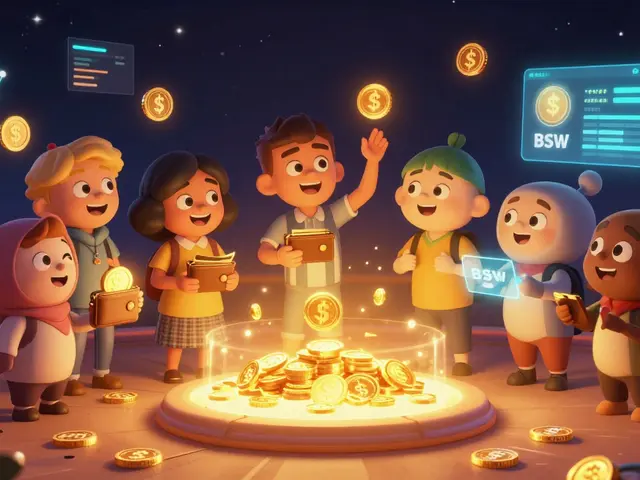
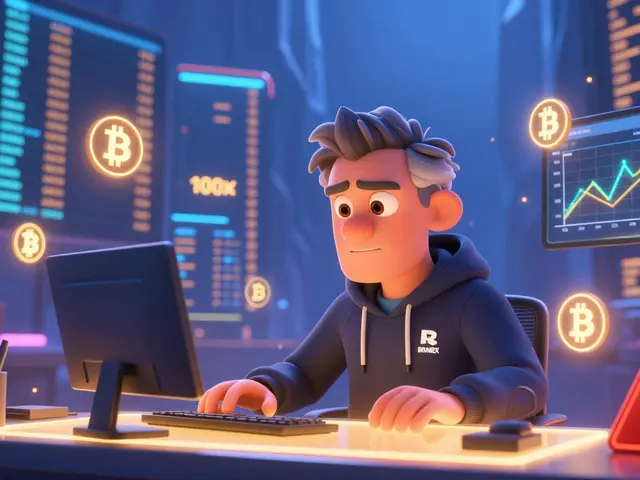
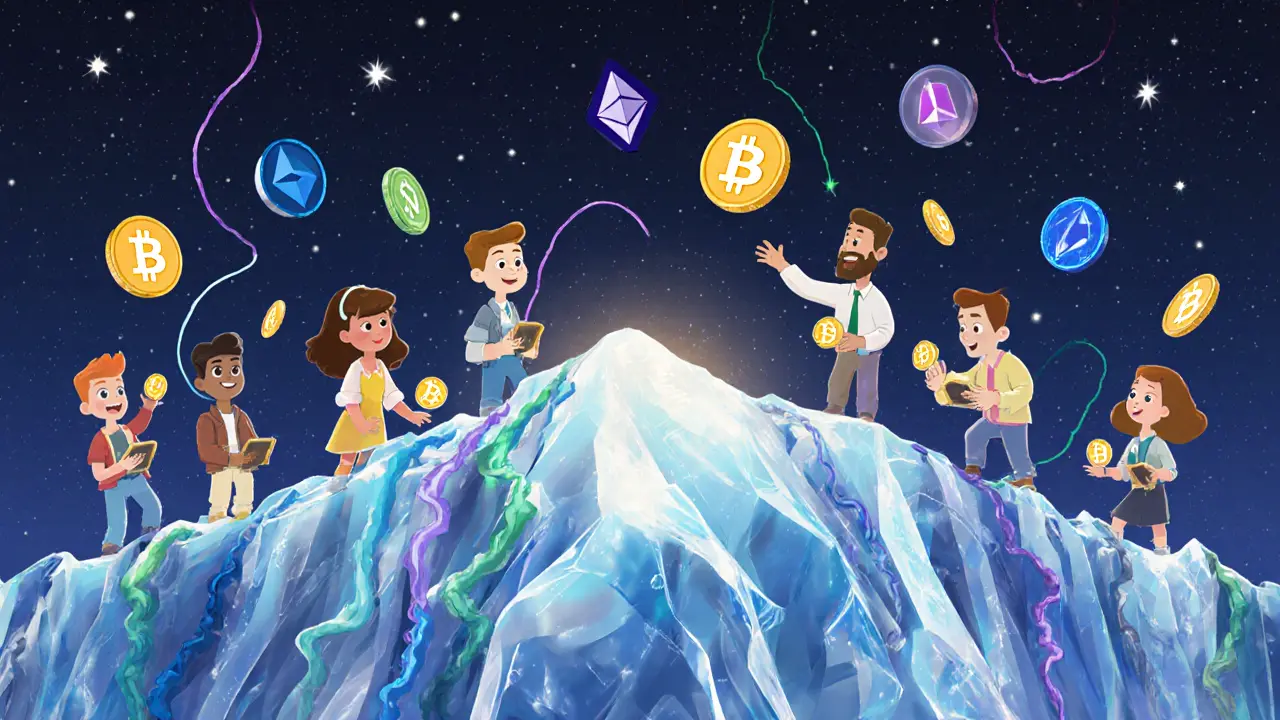
Write a comment